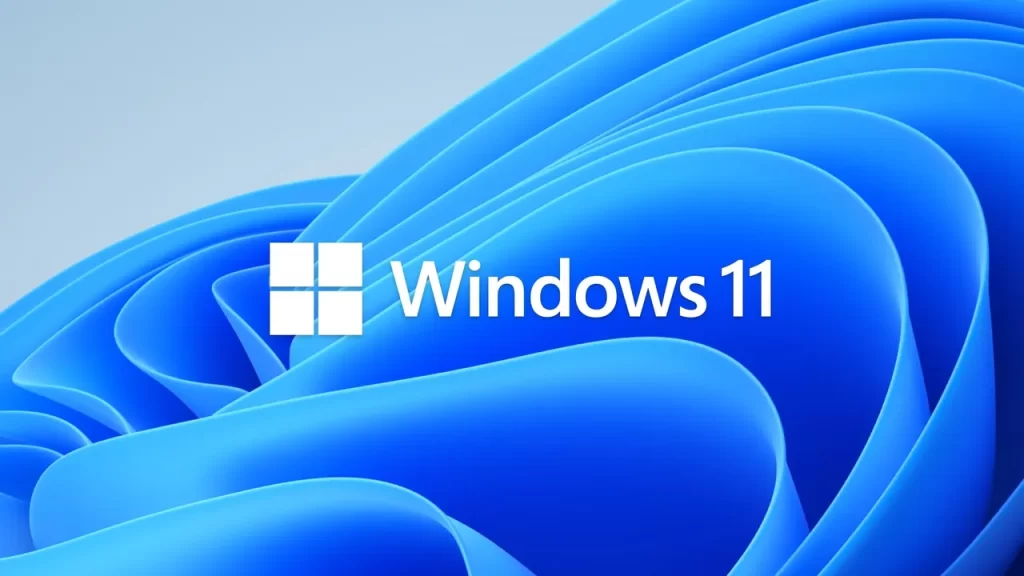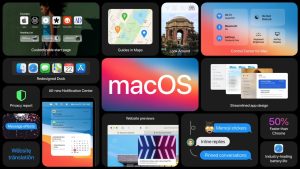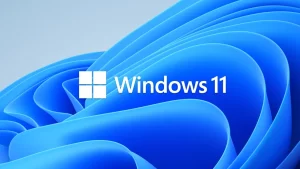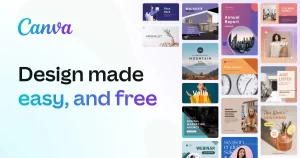
Windows Software
A Window into the World of Windows Software
Windows, the ubiquitous operating system from Microsoft, has been the dominant force in the personal computing landscape for decades. Its user-friendly interface, vast ecosystem of software, and widespread adoption have made it a staple in homes, offices, and institutions worldwide. In this exploration of Windows software, we’ll delve into the key categories, popular applications, and trends shaping the future of this dynamic digital realm.
Core Windows Applications: The Building Blocks of Productivity
At the heart of the Windows experience lies a suite of essential applications that provide the foundation for everyday tasks. These include:
- Microsoft Office: The undisputed king of productivity software, Office comprises Word, Excel, PowerPoint, Outlook, and other tools that cater to a wide range of professional and personal needs.
- Windows Explorer (File Explorer in Windows 10 and 11): The file manager that helps users organize, access, and manage their digital files and folders.
- Internet Explorer (now replaced by Microsoft Edge): While its market share has declined, Internet Explorer was once the primary web browser for Windows users.
- Windows Media Player: A versatile media player capable of handling various audio and video formats.
The App Store Revolution: A World of Choices
The advent of the Windows Store (now known as the Microsoft Store) transformed the way users discover and acquire software. This digital marketplace offers a vast array of applications, from games and productivity tools to educational software and entertainment apps. Some of the most popular categories include:
- Gaming: Windows has a thriving gaming community, with titles ranging from casual games to AAA blockbusters. Popular gaming platforms like Steam and Epic Games Store also integrate seamlessly with Windows.
- Productivity and Business: Beyond Office, the Windows Store features a plethora of productivity tools, including project management software, note-taking apps, and remote access solutions.
- Creativity and Design: For artists, designers, and photographers, Windows offers a range of creative software, such as Adobe Photoshop, CorelDRAW, and Autodesk products.
- Education and Learning: Whether you’re a student or looking to enhance your skills, there are numerous educational apps available for Windows, covering topics from language learning to coding.
Open-Source Alternatives: A Growing Movement
While Microsoft’s proprietary software dominates the Windows ecosystem, open-source alternatives have gained significant traction. These free and community-driven applications offer compelling options for users seeking cost-effective and customizable solutions. Some of the most popular open-source alternatives include:
- LibreOffice: A powerful office suite that provides a free alternative to Microsoft Office.
- Firefox: A popular web browser known for its privacy features and customization options.
- GIMP: A versatile image editing software that rivals Adobe Photoshop in many respects.
- VLC Media Player: A highly regarded media player capable of handling a wide range of file formats.
Trends Shaping the Future of Windows Software
As technology continues to evolve, so too does the landscape of Windows software. Several trends are shaping the future of this dynamic ecosystem:
- Cloud Integration: Increasingly, Windows software is integrating with cloud services, enabling users to access their data and applications from anywhere with an internet connection.
- Artificial Intelligence: AI is making its way into Windows software, enhancing features like voice recognition, natural language processing, and automation.
- Cross-Platform Compatibility: While Windows has traditionally been a closed ecosystem, there’s a growing trend toward cross-platform compatibility, allowing users to seamlessly sync their data and applications across different devices.
- Subscription-Based Models: Subscription models are becoming more prevalent in the software industry, offering users access to a suite of applications for a recurring fee.
In conclusion, Windows software has played a pivotal role in shaping the digital landscape. From productivity tools to entertainment apps, the Windows ecosystem offers a vast array of options to meet the diverse needs of users. As technology continues to advance, we can expect to see even more innovative and exciting software solutions emerging for Windows platforms.






